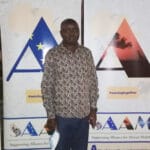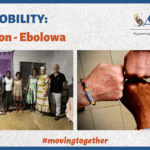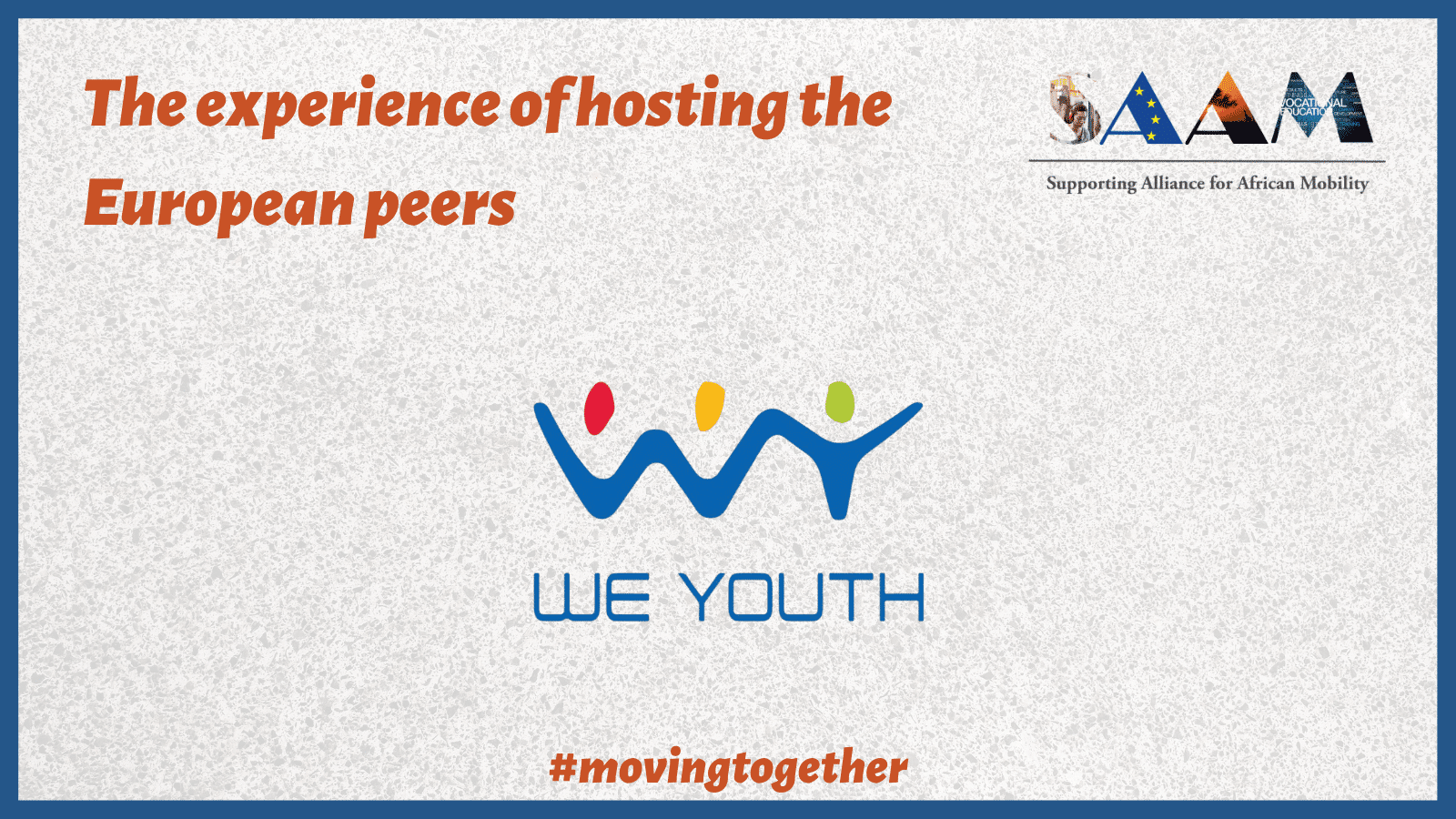Alessandra Grisoni, Head of International Cooperation in WeYouth Organization, talks to the SAAM team about the experience of hosting their European peers during their mobility in Tunisia.
Define briefly the experience and what it has meant to you.
The peer mobility was a truly especial experience because it gave all the peers the key to unlock the door of VET systems and how the schools work themselves. The mobility allowed us to start the process of building a strong bond between the schools, the people representing them and us, WeYouth. We can say that we put the basis of long term relationships among the schools.
The peers had the opportunity to represent and talk about their schools in Italy, Finland and Greece to the Tunisian students. The special and friendly touch of the peers raised curiosity and desire in the students who were eager to hear more and spend time with them. At the same time the Tunisian students of Boughrara and Thibar presented them their schools and they definitely introduced them to Tunisian culture.
The WP4 guided us in digging into the VET system in Tunisia and we achieved that through the job-shadowing, meaning literally assisting to the normal work flow in those two schools. We as WeYouth facilitate especially the communication and the activities among the coordinators of the schools and the peers. I’m pretty satisfied with the WP4, I think the peers designed the bigger picture of the VET Tunisian system and make it accessible to the schools in Europe. Furthermore, the tool allowed us to zoom-in and focus on the 2 schools, on their management system, the methodology that they use and the satisfaction from the students, teachers and staff.
The most exciting thing was seeing the peers communicating with the students
Has your opinion about the project changed since hosting this group of peers?
I already had a good impression on the SAAM project. I already had the opportunity in the experts mobility and in the monitoring and plenary online sessions to see the passion, the dedication and the effort behind. This mobility just confirmed it.
What was the most exciting thing for you regarding this mobility?
The most exciting thing was seeing the peers communicating with the students, overcoming the language barriers. The students were very curios about them, their job, their schools and the students on the other side of the Mediterranean. Their high motivation had a great and positive impact on the European peers.
In a more personal way, how did you feel when you finally met your European peers in real life and not through a computer screen?
In this uncertain and unique year I’m glad that it was possible to have both the mobilities.
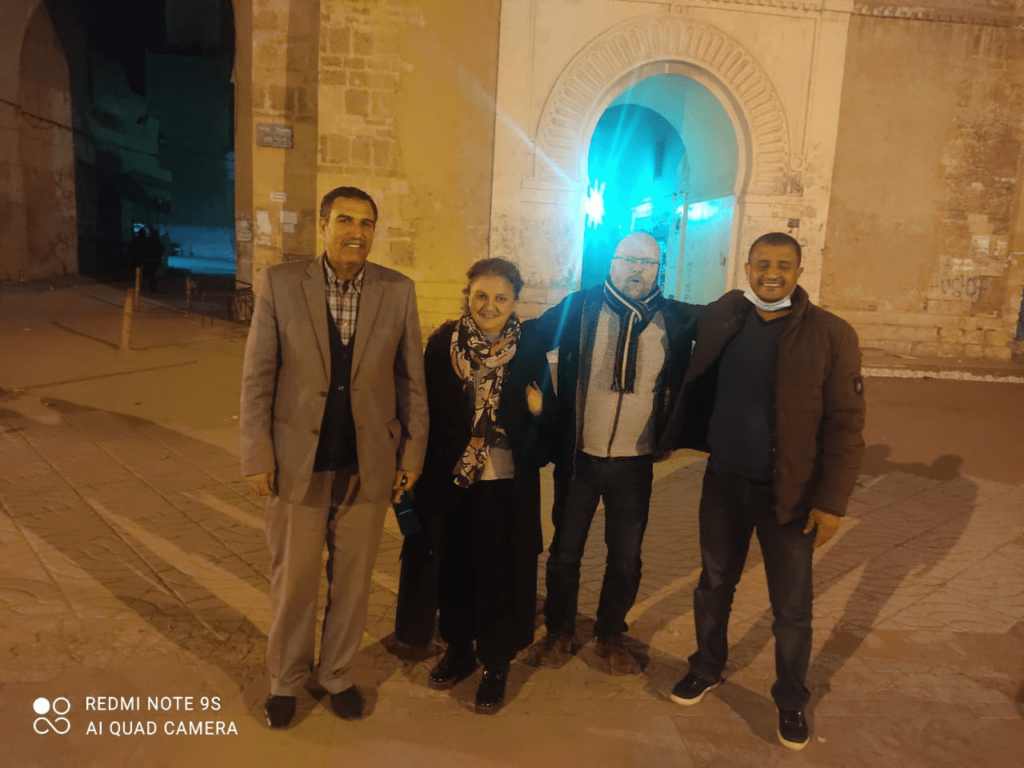
Could you share with us what sort of activities were planned in the agenda?
How did your entity organize the visits to the three different VET schools? And how did you divide the group of peers?
Me, representing the International Cooperation department of WeYouth, along with my colleague Baraa Bahri, the programme officer of Economic Opportunities, organized and coordinate the logistics of mobility and facilitate activities at the schools, to also overcome language barriers. The schools took care of the activities during our stay there.
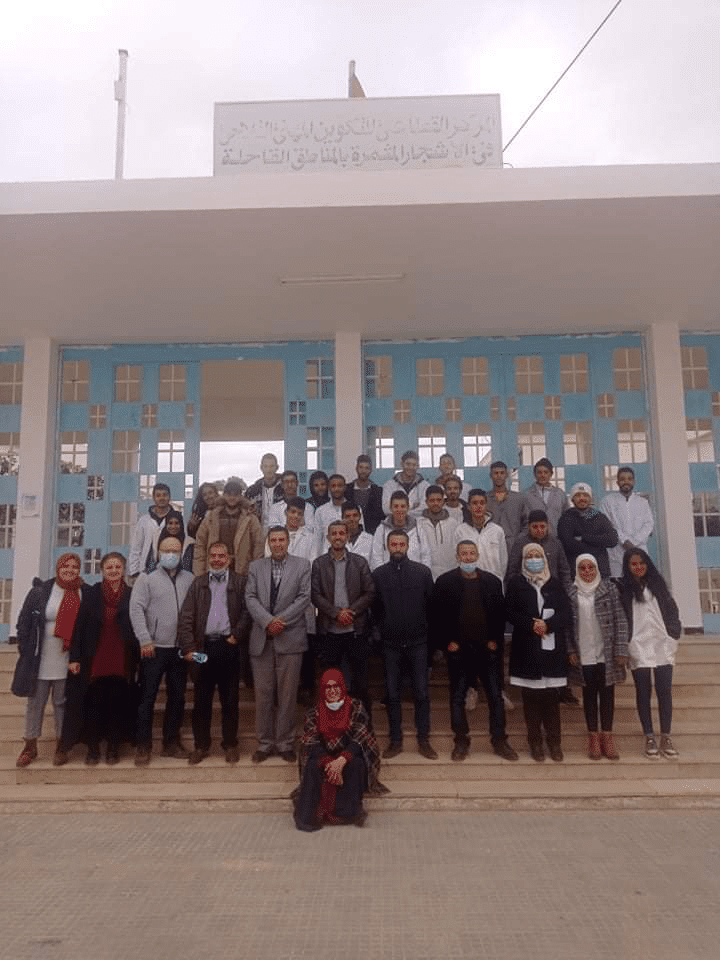
What would you highlight about the mobility?
Why do you think these experiences are important for the project and the partners involved?
How do you see the next phases of the project?
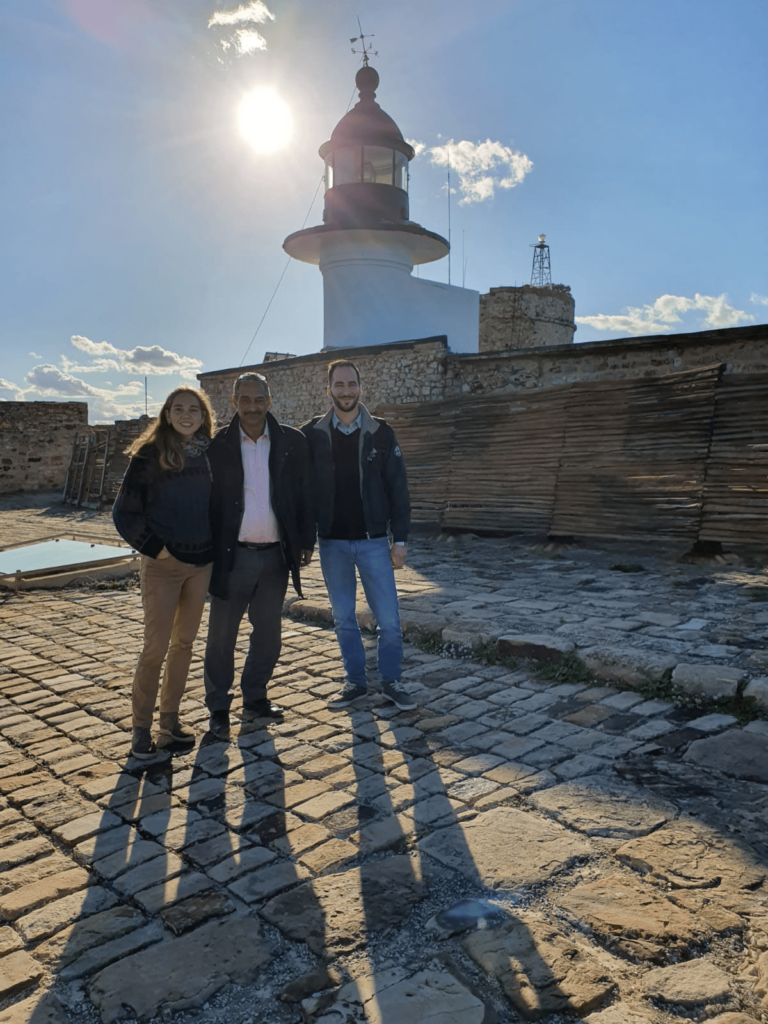
What is the thing your organization is looking forward to the most regarding the mobility to Europe?
Has this mobility helped the people in your organization to know more about SAAM?
Yes, the peers located in Boughrara had the chance to visit WeYouth and meeting with the team, which as well was fruitful and they got a clearer idea of the job we’re doing. The social media communication for the mobilities was a great way to help people understand more about SAAM.

